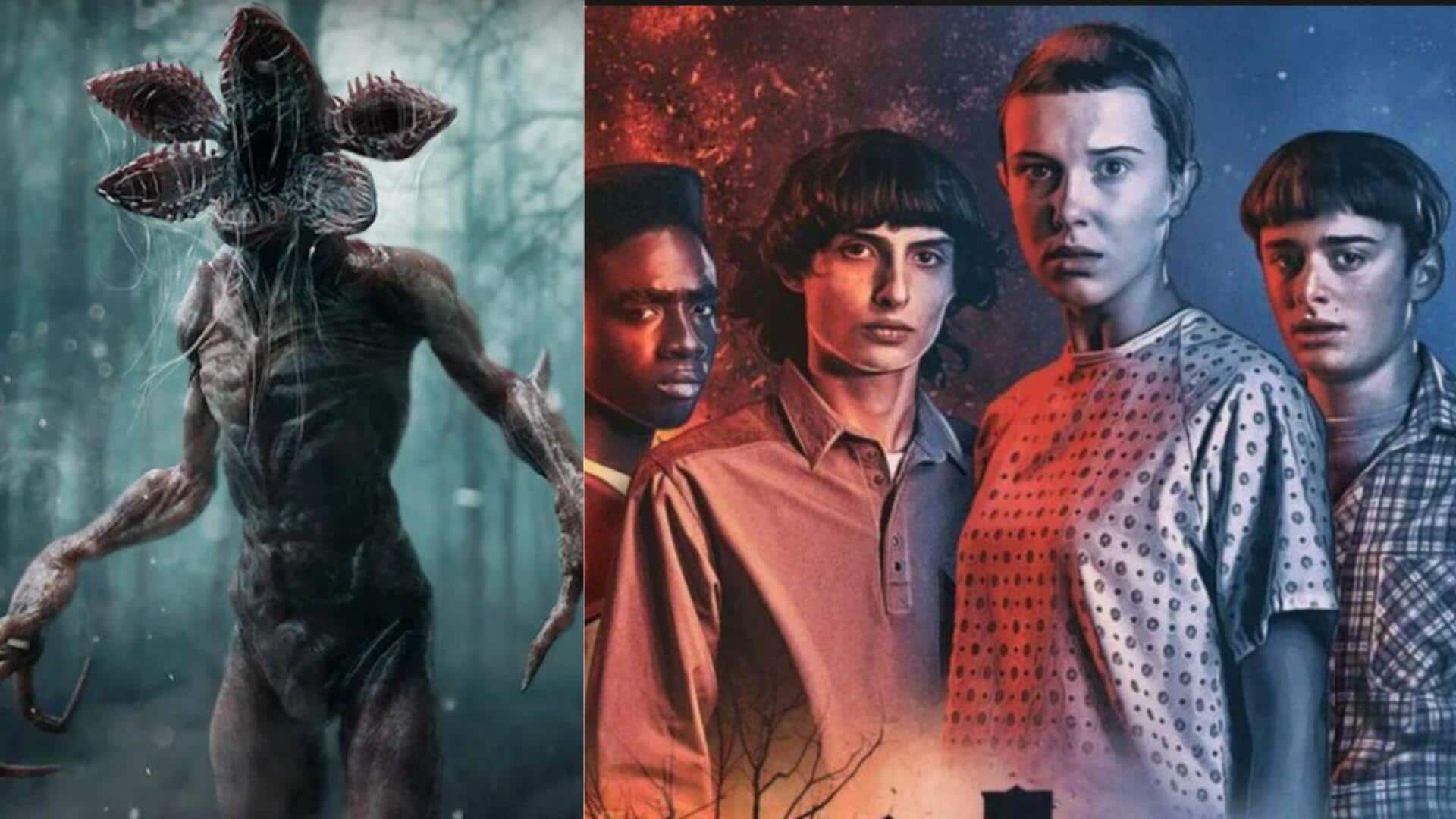
How classic monsters inspired the Demogorgon of 'Stranger Things'
What's the story
The Demogorgon from Stranger Things has become a modern pop culture icon. Its design is equally terrifying and fascinating, enthralling audiences from all over the world. However, the story behind the creature's origin and design process is equally interesting, something a lot of fans would not know. Here's a look at some lesser-known details of how this monstrous character was conceived.
Classic influence
Inspiration from classic monsters
The creators of Stranger Things took inspiration from classic monsters from cinema history while designing the Demogorgon. They were looking for a creature that would scare us while also paying homage to films of the past. By mixing elements of various iconic monsters, they created a unique yet familiar entity that resonates with viewers who appreciate traditional aesthetics.
Effects Fusion
Practical effects and CGI blend
A key element of the design was blending practical effects with CGI—a combination that brought a more lifelike, immersive feel to the screen. While practical effects gave actors something to interact with, CGI added depth and movement that would otherwise be impossible.
Nature's inspiration
Influence from nature's oddities
Nature proved to be a goldmine for the Demogorgon design team. They looked at different creatures with the most bizarre characteristics and behavior to create something completely from another world, yet real. This made sure that Demogorgon appeared like it could exist in our world, making its appearance all the more believable.
Team effort
Collaborative creative process
The development of the Demogorgon was a team effort with artists, designers, and special effects experts working seamlessly together. Each of them pitched in their expertise on different aspects of what the creature would look like. They made sure every detail added to the whole. The teamwork bore fruit in the form of something cohesive that perfectly captured what they imagined this fearsome antagonist would be.